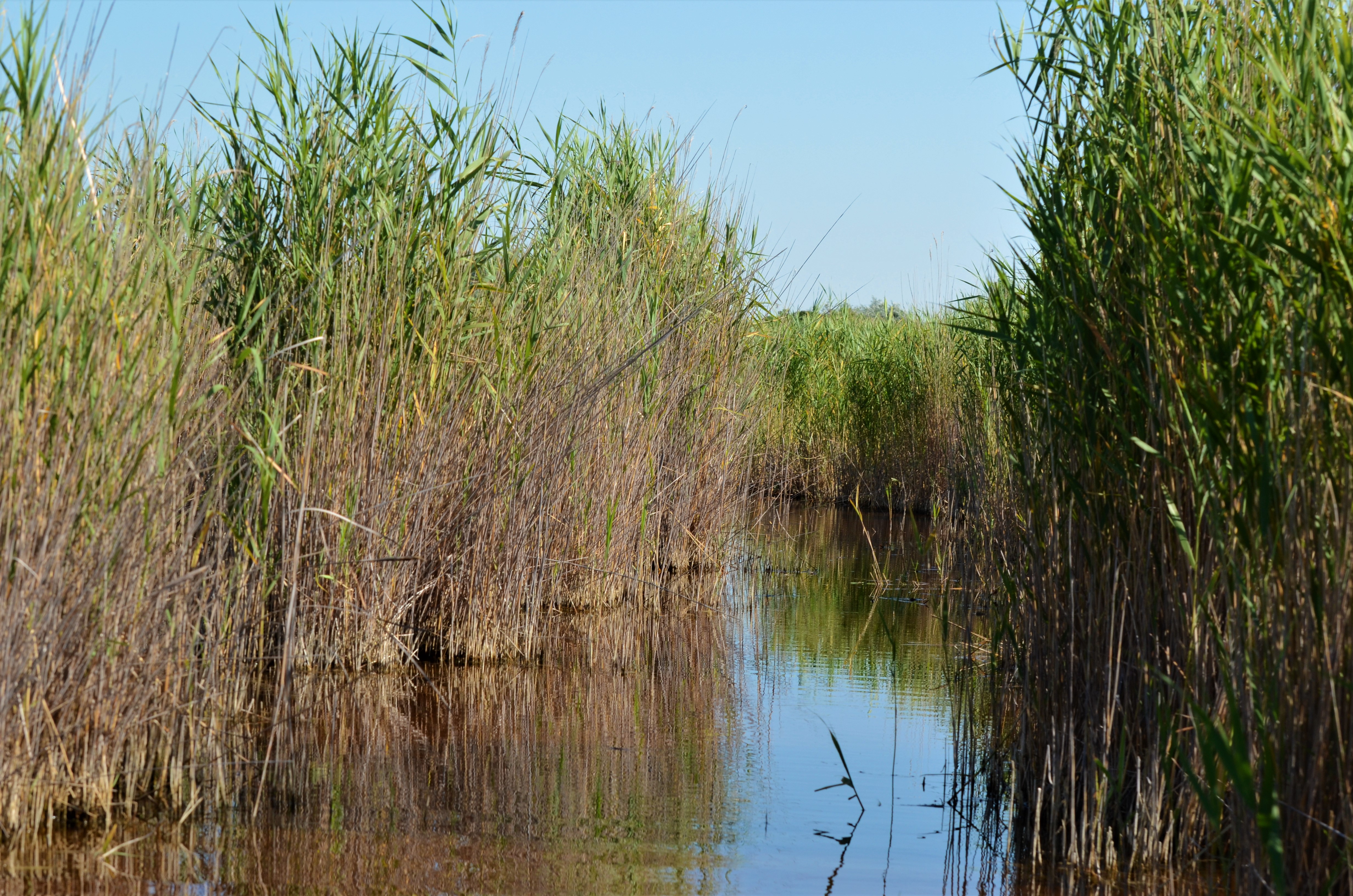Kangaroos could reduce methane
The problem of Methane
Reducing the farts of methane emissions from livestock is no laughing matter. Methane is the second largest greenhouse gas contributor and is about 30 times more potent at heating up the atmosphere than carbon dioxide. More than half of the methane released to the atmosphere is thought to come from the agricultural sector, and ruminant animals. Furthermore, the process of producing methane requires as much as 10% of the animal’s energy.
Methane emissions from cows are a major contributor to greenhouse gases, and at the same time, people like to eat red meat
Several scientists and farmers have tried to modify the cows diets using different ingredients or chemical inhibitors in order to reduce the methane emissions. The problem is that the methane-producing bacteria which inhabit the cows’ stomach end up becoming resistant to the used chemicals. These interventions can also interfere in a negative way with the animals biological processes. This is why other ideas involving vaccines weren’t further developed.

Role of the Kangaroo
Baby kangaroo feces might help provide an unlikely solution to the environmental problem of cow-produced methane. A microbial culture developed from the kangaroo feces inhibited methane production in a cow stomach simulator in a Washington State University study.
Scientists discovered that kangaroos have acetic acid-producing, instead of methane-producing, bacteria in their foregut.
Furthermore, they found out that this specialized acetic acid-producing process only occurred in baby kangaroos—not in adults. As they were unable to separate out the specific bacteria that might be producing the acetic acid, the researchers used a stable mixed culture developed from the feces of the baby kangaroo.
After, researchers added the culture and a known inhibitor to the simulated stomach and surprisingly it produced acetic acid instead of methane. Unlike methane, which cattle discard as flatulence, acetic acid aids muscle growth for cows.
Conclusion
Finally, in the simulated stomach, the acetic acid bacteria were able to replace the methane-producing microbes for several months. Moreover, they had a similar growth rate as the methane-producing microbes.
After this amazing experiment, researchers hope to be able to try it on real cows sometime in the near future.
It could be really interesting to see if that culture could run for an extended period of time, so we would only have to inhibit the methane production from time to time. Then, it could actually be a practice.








